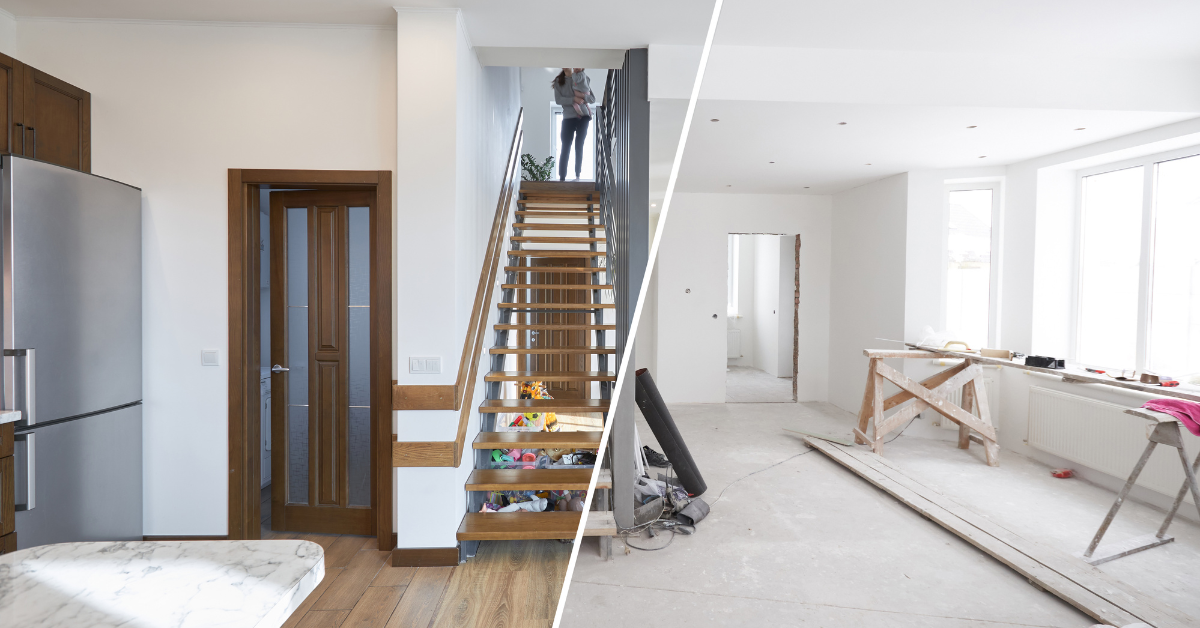

By Guy Solomon of Penguin Basements
Adding livable space in your basement or updating the already finished space is a great way to maximize the use of your home.
When thinking about tackling the project, many people don’t know where to start. Design, material, contractors, permits, pricing are all part of the considerations.
Everyone wants a “warm” basement, especially when winter rolls around. The problem is that we focus on the floor itself, in terms of keeping it as warm as possible to maintain the ambient temperature of the room. To ensure that your basement is warm, I recommend updating the insulation to R20, well below the frost line, to ensure that your basement is properly sealed and warm. Make sure your contractor includes dropping the heat registers down to the lower walls; because warm air rises, leaving the vents in the ceiling doesn’t allow for the warm air to circulate to the floor.
We often focus on the floor and paint colours, keeping it light and bright with pot lights. But there is a lot of time invested in designing a multidimensional ceiling with all the mechanical runs, structural beams, columns and often ceiling elevations. We also need to consider all of the shut-off valves and existing junction boxes left that can be moved or removed.
When designing the basement ceiling, keep in mind that the goal is not to minimize the bulkheads, but to make them look like they were meant to be there. Straight lines, 90-degree angles and consolidating a few elements together can really help. Moving shut-off valves into the unfinished space like the furnace room can also minimize the unsightly access panels. With the advent of the LED pot light, we can now design lighting into almost any bulkhead because it doesn’t have the large domes of traditional lights.
Don’t get me wrong – dress your basement up as you wish. As long as you’re going to use it, build it. For most people, the basement needs to be practical, keeping an open concept allows you to adjust your use as your family grows. Furniture and lighting zones can define areas while not confining you to one layout. By keeping an open concept, you’re able to design the space effectively.
This week’s question comes to us in from Tony of Mississauga: “I’m looking to build a garden shed, maybe two. Do I require a permit for this?”
When it comes to building permits, the best place to start is to discuss your project with a professional renovator who works in your area; they will know how the local building department works and if you need a building permit. If you want to do this work on your own, then you can contact the building department directly or search their website. Cities such as Mississauga and Toronto have an extensive list of examples that you will find helpful.
If this column has generated any thoughts or questions regarding a past or future renovation, please send your questions to RenoMark@bildgta.ca and look for our answers to your questions in the next Ask a RenoMark Renovator. I look forward to hearing from you.
Guy Solomon is a member of the renovator executive committee at BILD and has been a member of BILD since 2014. He is the founder and CEO of Penguin Basements, which does basement and condominium renovations. As of 2018, Penguin Basements is building 500 projects in Ontario per year.



